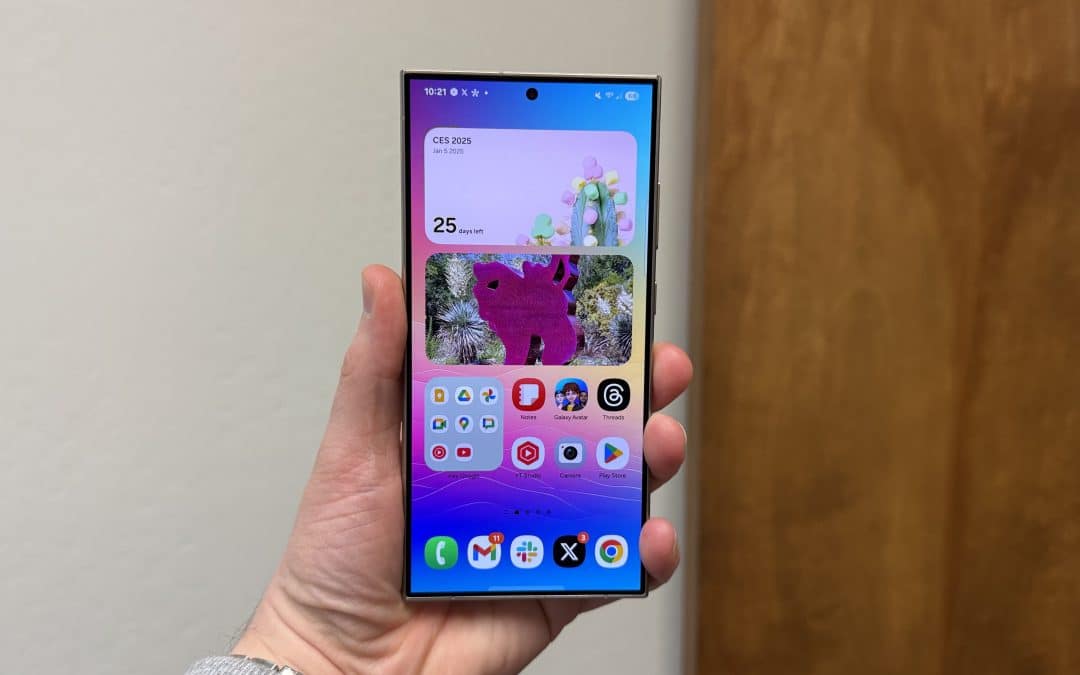The rivalry between Apple and Samsung is iconic. So much so that the former often takes jabs at the latter. But there’s another side to this relationship as well. Apple and Samsung share a surprisingly harmonious connection, with Samsung frequently helping Apple with its displays, which, as we know, are one of the standout features of iPhones.
Apple’s zero-bezel OLED in iPhone mission awaits Samsung’s efforts
Apple plans to launch a zero-bezel or bezel-less iPhone in 2026. But it may not hit the ground running anytime soon. Reports suggest that Apple has reached out to LG Display and Samsung Display, two of the world’s largest display manufacturers, to develop a zero-bezel OLED panel for future iPhones.
However, according to sources in Korea, as reported by TheElec, Apple may need to delay the launch of the zero-bezel iPhone, possibly pushing it to the iPhone 18 series in 2026. The report indicates that Samsung is facing challenges with insufficient tech development to meet the ambitious design.

“If Apple wanted to release a zero bezel OLED iPhone in 2026, it would have to have already concluded technical discussions with domestic panel manufacturers, but they are still in discussions,” TheElec reports, citing industry sources [via Google Translate]
What Apple might envision with a zero-bezel OLED display for future iPhones is a screen with no visible edges while maintaining a flat surface. The display would gently curve around the edges, reminiscent of the design seen on the Apple Watch. Some experts suggest the sides could adopt a “pebble-like” shape to complement the new display.
LG Display and Samsung Display might need to rethink their strategy
Bringing this concept to life requires suppliers like Samsung Display and LG Display to go back to the drawing board. Key innovations include thin film encapsulation (TFE) to shield OLED screens from moisture and oxygen and optical clear adhesive (OCA) for bonding the screen to the curved edges.
However, OCA technology is proving to be a tough nut to crack, as it often causes distortion during application. Another stumbling block is creating a display durable enough to withstand external impacts without losing its finesse.






